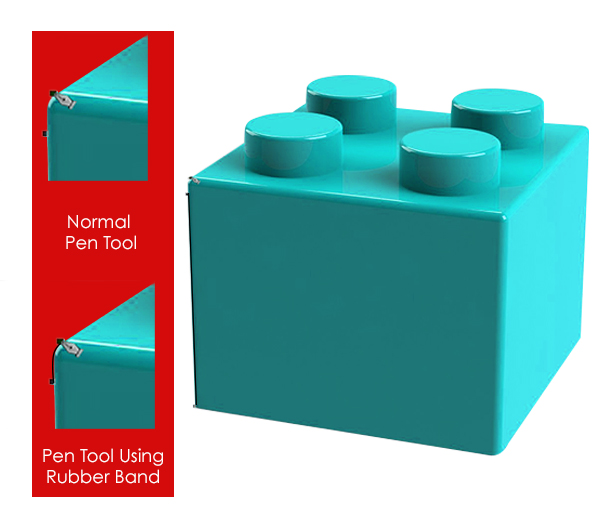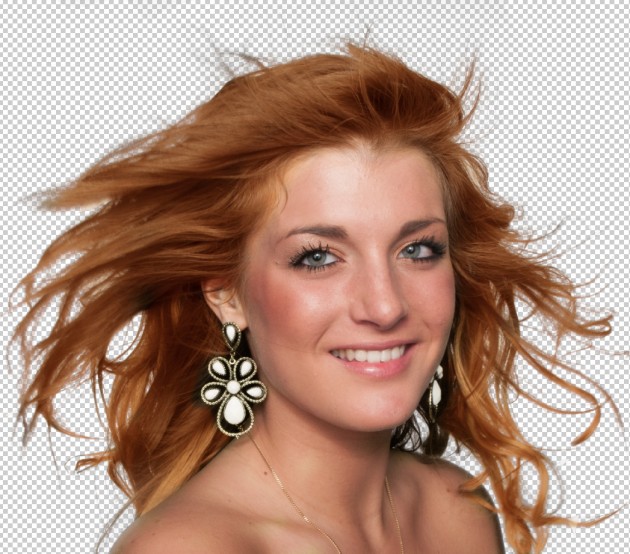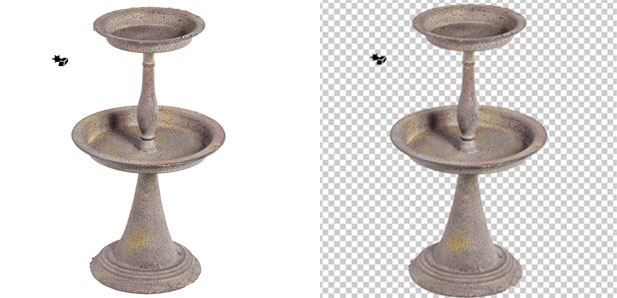
Easy skin tone selection
In our studio, we have to work most of the time with photos of people. Many times we are required to work on facial enhancements. This requires us to make selection of facial portion of the images. It was always manual process to select only the skin tone of such images for further retouch, color adjustments and facial enhancements. Quiet a tedious work!! Photoshop CS6 has come up with new option to ease this process. All we need to do is – go to color range selection > enable detect face option > from dropdown menu select skin tones and then increase or decrease the fuzziness slider as per our requirement. That’s it and you get the required selection for





